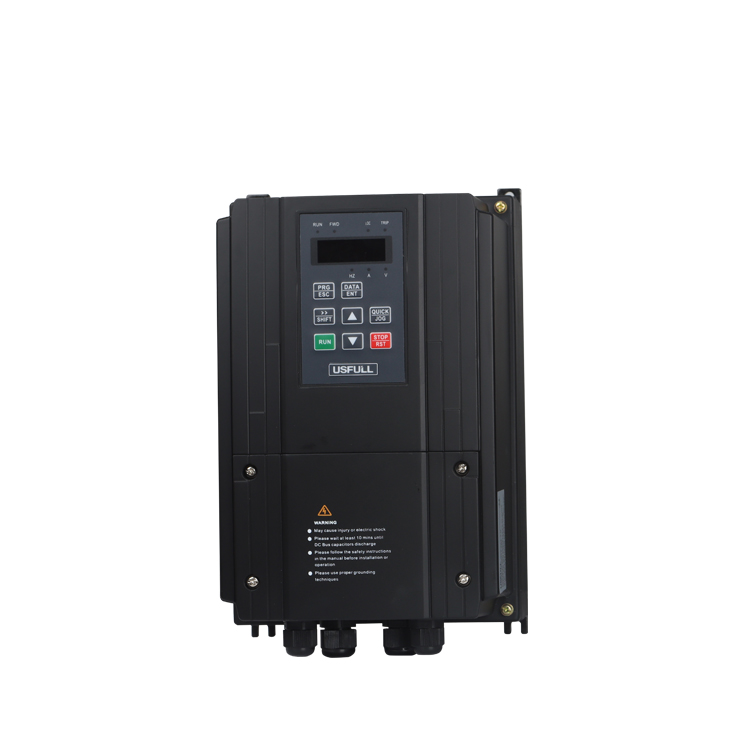When a motor is driven by a frequency inverter, also known as a variable frequency drive (VFD) or variable speed drive, it may experience shaking or vibration. This can be caused by various factors, such as encoder signal issues, mechanical resonance, or power supply problems. Understanding these factors can help prevent motor shaking and ensure smooth operation. In this article, we will explore common causes of motor vibration when using a frequency inverter and discuss solutions to address them.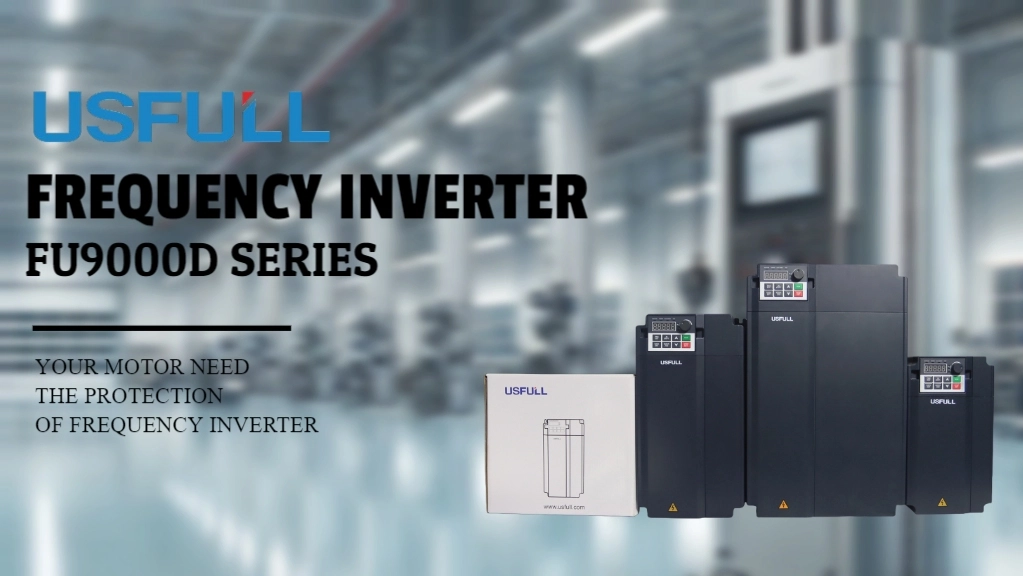
Why Does the Motor with the Frequency Inverter Shake?
1.The encoder signal detection is inaccurate or the signal line contact is poor
When a frequency inverter (or variable frequency inverter) is used in conjunction with an encoder for position or speed feedback, the accuracy of the encoder’s signal plays a crucial role in motor stability. If the signal detection is inaccurate or the signal line has poor contact, it can lead to erratic motor behavior, including shaking. This occurs because the inverter VFD cannot accurately adjust the motor’s speed and torque based on the feedback provided.
2.Motor resonance
Motor resonance is another common issue that can cause the motor to vibrate when driven by a variable speed drive. Resonance occurs when the motor’s natural frequency aligns with the operating frequency set by the variable frequency drive, causing excessive vibrations.
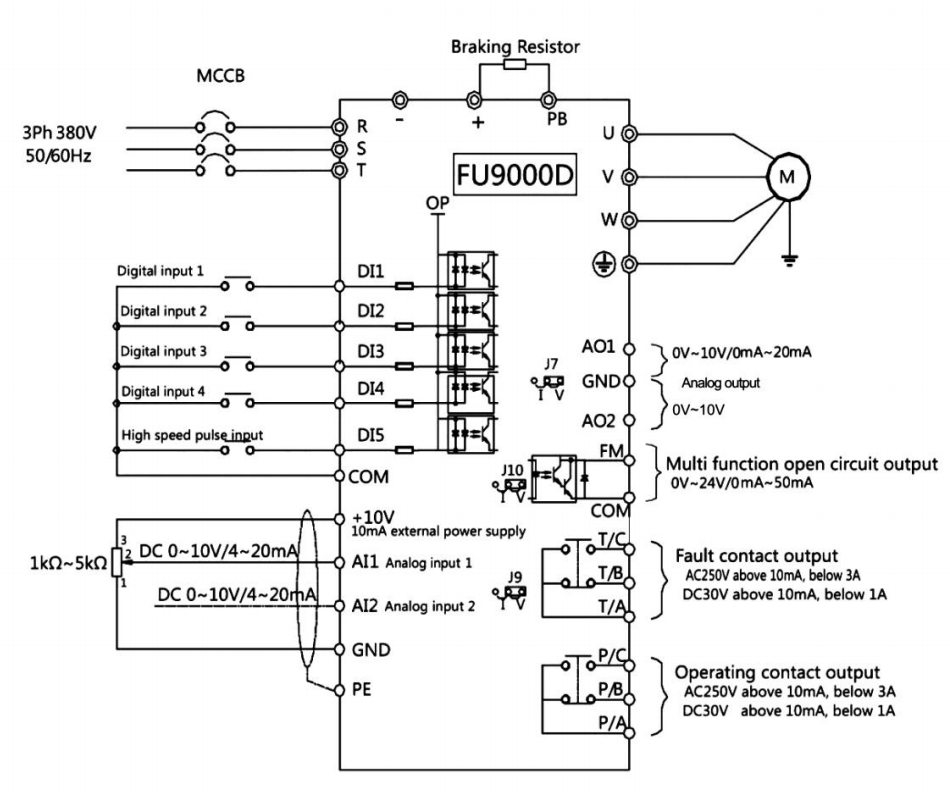
Solution for the Vibration Caused by the Motor Running
1.Mechanical resonance:
Cause: Mechanical resonance results in instability and vibrations that disrupt the inverter’s control, leading to fluctuating output current and torque. When the motor operates near its resonant frequency, the system becomes prone to shaking.
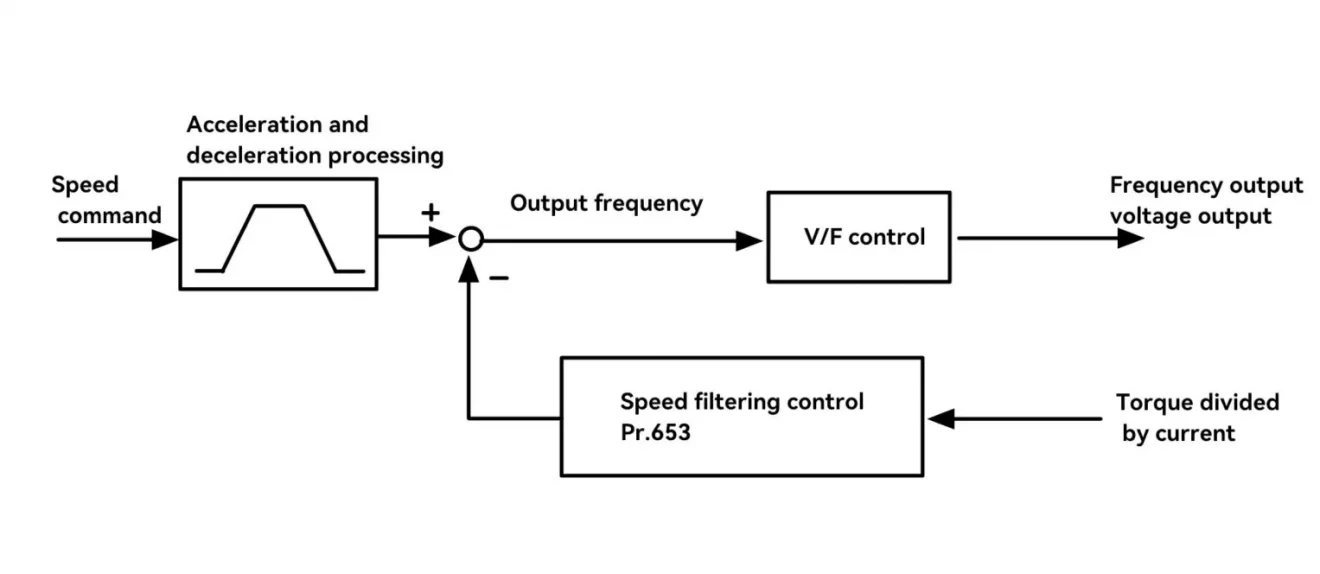
2.The power supply high-order harmonics are too large:
Cause: High-order harmonics from the power supply can interfere with the motor’s performance and the inverter’s ability to regulate motor speed. These harmonics are typically generated by the rectification process in the inverter and can cause noise and motor instability.
Treatment: Install line reactors or harmonic filters to reduce the level of harmonics in the power supply. This will smooth the power input to the variable frequency drive, helping to stabilize motor performance and reduce shaking.
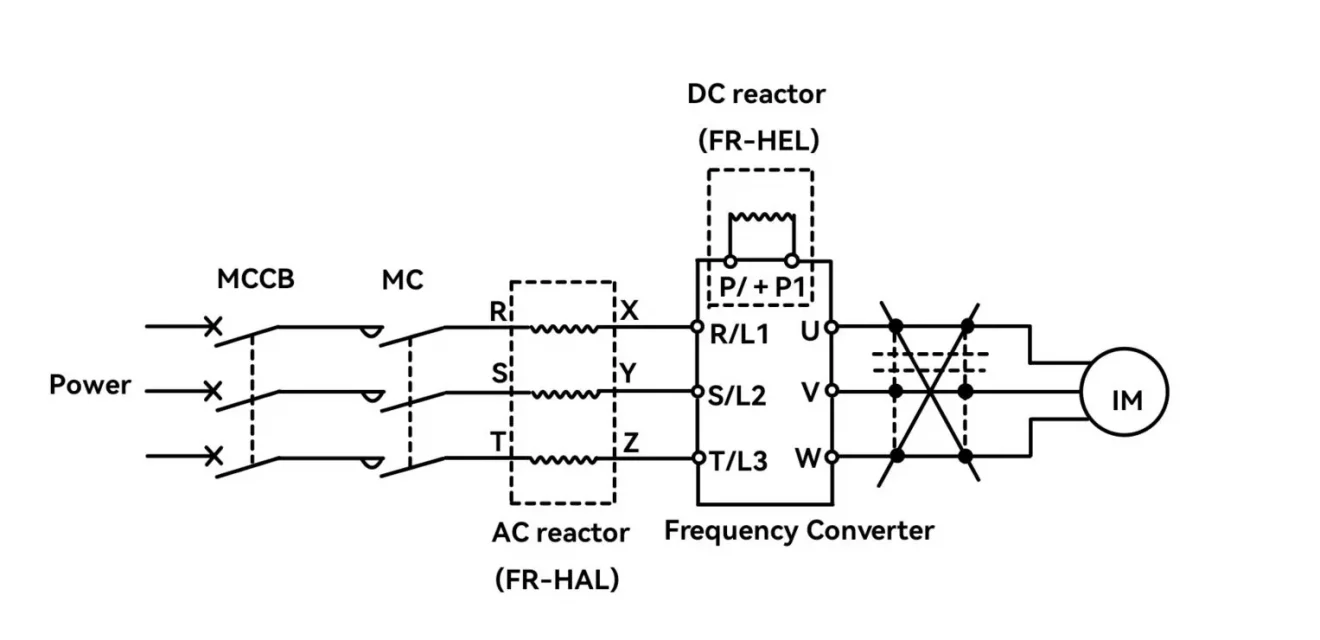
3.The inverter generates noise:
Cause: Frequency inverters operate by switching at high carrier frequencies, which can generate electrical noise. This noise can interfere with surrounding equipment, causing signal distortion and unexpected motor behavior, such as vibration.
Treatment: To mitigate inverter-generated noise, avoid running the inverter’s power lines (input and output) parallel to signal lines. Use shielded twisted-pair cables for signal wiring and connect the shield to the SD terminal to reduce electromagnetic interference. Additionally, you can install surge suppressors or line filters on noisy equipment to further reduce the impact of inverter noise on motor operation.
Conclusion
Motor shaking when driven by a frequency inverter is typically caused by encoder signal issues, mechanical resonance, high-order harmonics, or inverter-generated noise. To resolve these issues, ensure proper signal detection, utilize the frequency skip function to avoid resonance, install harmonic filters, and minimize electrical noise by proper wiring and shielding. By addressing these potential problems, you can achieve smooth and efficient motor operation with a variable frequency drive.



